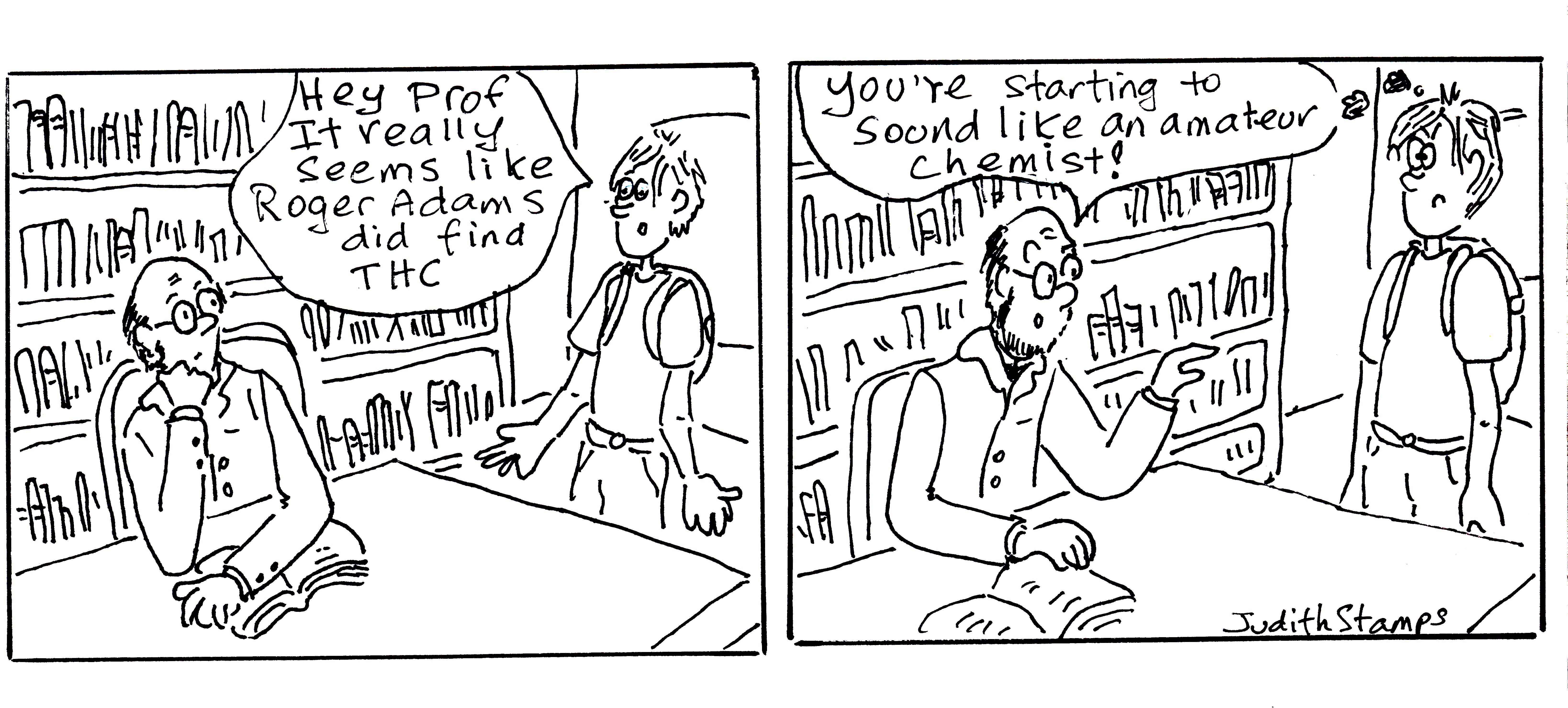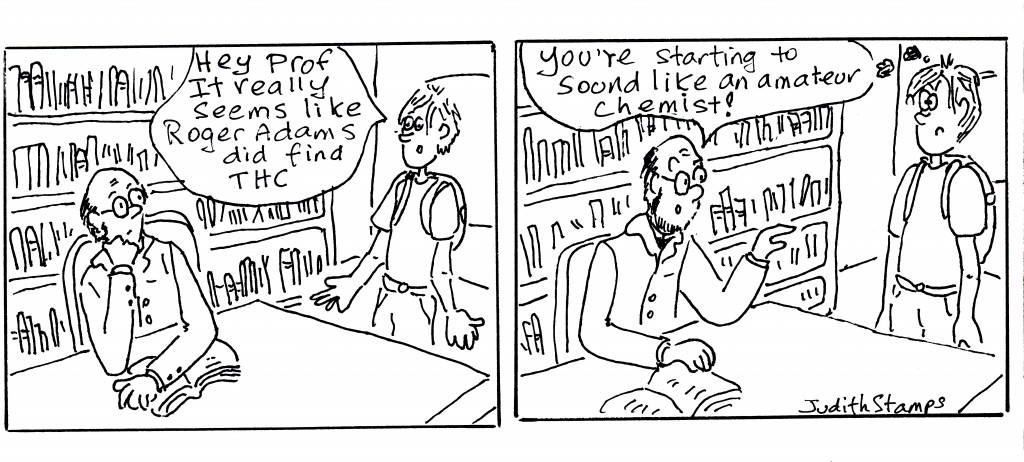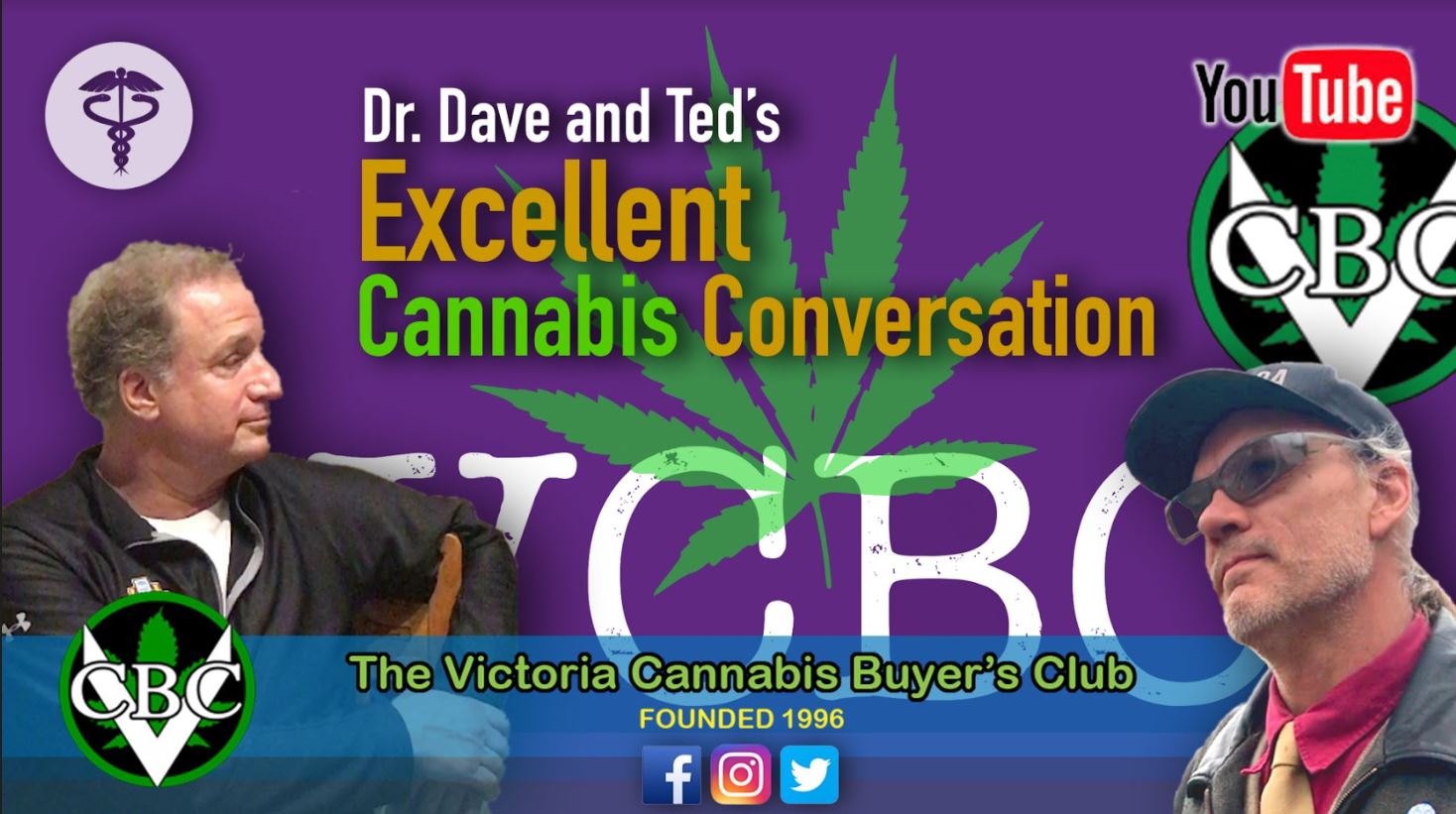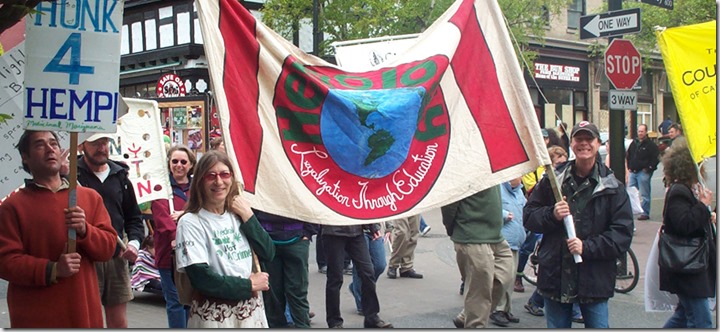Anyone who delves into cannabis history, in pulp form or online, will have read that THC, the molecule and its specific structure, was discovered in 1964 at the Hebrew University of Jerusalem by Israeli researcher, Raphael Mechoulam and his associates. Cannabis Culture calls him ‘The Man.” If books aren’t your favourite, do a Google search on who discovered THC and you will see this fact for yourself. Until recently, I thought the same.
Then, this spring, I went on a self-guided history tour: the reading variety. The readings took me through a series of ‘truth serum’ experiments conducted by the US government during World War II and the cold war that followed it. One of the ‘sera’ used was cannabis. In both phases, researchers had used THC infused cigarettes: liquid THC mixed with tobacco. The first set of experiments was conducted in Washington DC during the war years 1942-3; the second set began in 1953 and ended officially as late as 1973, although its scope had already been limited by 1964. I also read a study commissioned by Fiorello La Guardia, New York City’s anti-prohibitionist mayor. Conducted by medical experts from 1939 to 1944, and recorded in the 1944 La Guardia Report, it had concluded that cannabis is harmless. These experts too had relied on cigarettes injected with THC.
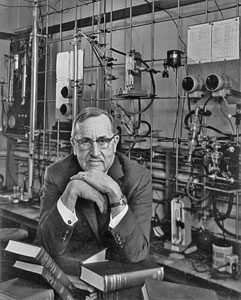
At some stage of this tour I stopped to ask this question. How did American scientists do trials with THC before THC had been discovered? According to the record, they were supposed to have had it before 1942. Opportunities to ask questions of this sort are rare; you don’t normally run into major contradictions in the literature. Intrigued, I switched directions, and started a different kind of search with a brand new question: Who discovered THC in 1940? This work had to be done online, as there appear to be no pulp based cannabis histories that provide a clue. I have to say, in anticipation of the story’s end, that the answer was not hard to find. Indeed, it was hidden in plain view.
The first thing I found was an essay by a British chemist, Roger G Pertwee, who identified a Roger Adams as having discovered THC in 1940. That was easy. Then I looked up Roger Adams. That was a revelation. It turned out that Adams was not at all obscure. He was a renowned and extensively published American organic chemist. There were more surprises. It soon became clear that Adams is widely recognized for his discovery of THC. He is invisible to cannabis historians. Who knows why? But he is very well known to the folk chemistry community: those DIY characters with labs or access to labs, who have been learning to make elaborate cannabis extracts all these years, and to test their potency. Look up the ‘Adams Scale’ for determining THC levels and you will see what I mean. Follow this magical trail a bit further and you will find Adams everywhere. So in honour of Adams and his followers, I offer the following ramble.
In 1937, under the direction of Harry Anslinger, Prohibition Commissioner of the newly formed Federal Bureau of Narcotics (FBN), cannabis became a banned substance in the US. In 1938, Anslinger convened a meeting of 23 individuals, each of which had some expertise in ‘marihuana.’ 1 This was a planning meeting to implement prohibition, and an information session to learn more about the plant. There were experts on psychological effects, on hemp crops, and on ‘marihuana’ chemistry. Of the psychologists we need say little. A key researcher present that day was James C. Munch. Munch had been testing ‘marihuana’ on dogs and rats. He thought it was shrinking their brains. He had also testified at a murder trial in which the defendant was claiming ‘marihuana’ induced insanity. Upon cross-examination, Munch stated that he had tried smoking it himself. After two puffs, he said, he had been transformed into a bat, had flown about the room and then into a deep inkwell. Opium, I suspect.
Then there were hemp specialists. It was explained to Anslinger that hemp plants were typically cut down at the end of their growth cycle, and left over the winter to ret in the fields. This process provided usable fibre, but created a problem. By popular report, the flowers were in the habit of disappearing; the neighbours liked them. There had been concern that these flowers might be “physiologically active.” Researchers of the day had a test they could use: the Beam test, developed in 1911, in the wake of Egypt’s prohibition of hashish.2 When applied to local hemp flowers, the test had confirmed the presence of an essential oil similar to that found in hashish, presumably CBD. They were thus thought to contain the “active principle” as the researchers called it, and hemp was termed a “public nuisance.”
Finally there were the chemists. The FBN was keen to hunt down this “active principle,” whatever it was, but the commissioners’ chemists were floundering. A senior FBN chemist, Siegfried Loewe, decided to pass the work on to his friend, Roger Adams. Adams turned out to be a marvel. From 1940 through 1949, he and his associates carried out 27 studies on cannabis, published in the American Journal of Chemistry. He isolated Cannabinol (CBN), Cannabidiol (CBD) and Tetrahydrocannabinol (THC). He synthesized them. He developed THC acetate. The chemists of 1964 had the benefit of a new method of observation: Nuclear Magnetic Resonance spectroscopy. But Adams’ drawings of the respective molecules look like any of the others you are likely to meet. He inferred their structure and basically got them right. When you Google Adams and THC or THC acetate, you encounter detailed accounts on how Adams refined and super-refined potent cannabis extracts. You read about charcoal filtering in the ether phase; fractional distillation; producing THC from CBD, the virtues of THC acetate, and so on. Good sites are Kind Green Buds 3 and The Vaults of Erowid, but there are many.

Having cleared up the THC story, I continued reading about truth serum. The first tests using ‘marihuana’ were conducted during the years 1942-43 at St. Elizabeth’s Hospital in Washington DC. They were done under the auspices of the Office of Strategic Services (OSS), predecessor to the CIA. The goal was to invent techniques useful for questioning prisoners of war. Drug testing of this sort dated generally from the 1930s, and had made use of mescaline, scopolamine, and sodium pentothal, a barbiturate. The ‘marihuana’ was smoked as THC infused cigarettes, based on a liquid form provided by Adams’ laboratory. It was tested initially on employees of The Manhattan Project, the US’s ultra secret project to build an atomic bomb. Presumably the testers felt that this group already had a high level of security clearance. The cigarettes were tried subsequently on soldiers at US army bases. It was wartime, and they were looking for subversives. Truth to be told, no one concluded that ‘marihuana’ was a truth drug. It produced interesting results, entertaining results, but unveiled no secrets.
This fact did not stop the CIA from repeating such efforts in the 1950s and 60s. During the cold war era, under the supervision of its mind control group, MK ULTRA, THC laced cigarettes were offered to prisoners, mental patients unwitting vagrants, and sex workers. They didn’t reveal any secrets either. St. Elizabeth’s has since become the US office of Homeland Security.
Meanwhile, Roger Adams turned out to have a whimsical side. During a lecture to the National Academy of Sciences, detailing his work, he remarked casually that ‘marihuana,’ when smoked, had “pleasant effects.” This remark caused a major uproar. Anslinger snarled at Adams, and the Office of Naval Intelligence (ONI) wanted him labeled a security risk. Members of his team argued that they could not do without him. They called upon the FBI’s J. Edgar Hoover to intervene. Hoover lied. He told ONI that Adams was a very common name, and they must have gotten the wrong guy. Adams was placed, after this event, on a list of “people to be watched.”
Unrepentant, he became an equal opportunity supplier. If you read the La Guardia Report, you will come across this statement. “We are indebted to Dr. Roger Adams at the University of Illinois, and to Dr. H. J. Wollner, consulting chemist of the US Treasury, who supplied some of the active principles of marihuana which were used in the study.”4 Anslinger was enraged, called the study unscientific, roared at the chemists, and the rest is history. It is hard to fathom the selective bias that has coloured so many historical accounts. But the next time they tell you that THC was discovered in 1964, don’t believe it. It just ain’t so.
1. This is the same spelling that the Harper Government uses. I think it’s the prohibitionist spelling.
2. http://www.unodc.org/unodc/en/data-and-analysis/bulletin/bulletin_1962-01-01_3_page005.html As you will see from this link, Adams was a subject of study in the 1960s for researchers in the former Yugoslavia.
3. http://www.kindgreenbuds.com/cannabis-alchemy/isomerization/
4. http://hempshare.org/wp-content/uploads/2012/12/laguardia.pdf

